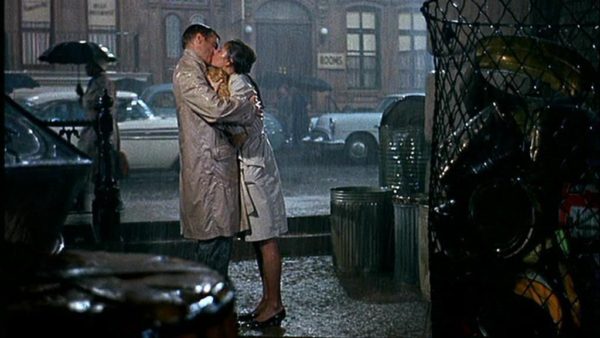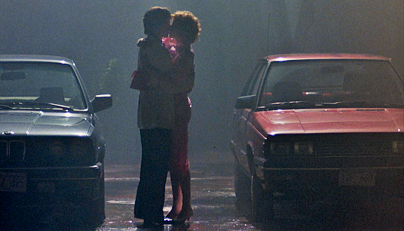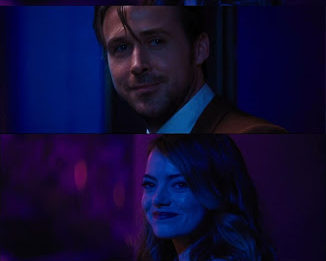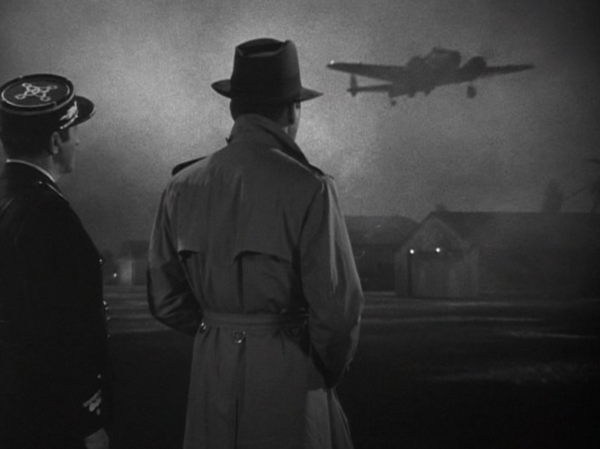The problem with ‘happily ever after’
“… And they lived happily ever after.”
Yeah right.
Don’t get me wrong, it’s a phenomenal line for numerous reasons, the least of which its iconic status. But it takes only a second glance to realize it’s far from reality.
“… And they lived precariously ever after” seems more fitting.
Even so, perhaps there is something to be said for “happily ever after” once it’s been reframed.
The famed framing device can be traced back to the 1700s and no doubt has been in use for far longer. It’s typically associated with children’s fairy tales but has been reincarnated in each popular storytelling form. It’s now seen predominantly in film.
One of my favorite films to conclude with this trope is “Breakfast at Tiffany’s” starring Audrey Hepburn.
The initial climax leaves the protagonist, Holly, crying in a cab, struggling to even light a cigarette after brushing off her neighbor Paul’s advances. The confident persona she’d worked years to perfect is suddenly shattered.
But that’s not a rom-com ending. Less than a minute later, she emerges from the cab suddenly self-aware and fearless and proceeds to chase after Paul in high heels as torrential rain drowns the streets. The film concludes with extended shots of the couple embracing amidst the storm, a serenade of “Moon River” in the background.

This ending implies the couple ends up together, which is heartwarming and satisfying on first thought. It becomes questionable after a moment’s consideration.
Holly Golightly and Paul Varjack are dysfunctional characters with unstable lives and severe emotional baggage. While Paul makes a visible effort to improve, Holly does not. It is unlikely she would be able to commit to Paul because of her erratic behavior.
Then, 25 years later, “Pretty in Pink” followed suit with an equally picturesque ending.
This classic 80s rom-com starring Molly Ringwald follows a middle-class high school outcast, Andie, and the ensuing drama when she begins dating Blane, someone in a high socioeconomic cliche. After an epiphany releases her from her constraining insecurities, Andie runs after Blane in impeccable heels through the rain-soaked prom parking lot just before he drives away.
As you can imagine, the resulting kiss is nothing short of tempestuous.

“Happily ever after” endings are problematic because they’re not relatable. They leave people feeling down about their lives because they’re not as perfect as Audrey Hepburn’s and Molly Ringwald’s.
The 2016 musical romance “La La Land” presents a far more realistic ending to its story.
Mia and Sebastian work dead end jobs in Los Angeles, dreaming of becoming actors and jazz club owners respectively. A fairy-tale romance blooms from their unlikely friendship, and even when conflicts emerge, Emma Stone and Ryan Gosling’s matchless chemistry makes us desire a similarly serene ending.
Instead, the film concludes after a four-year time jump where the characters, now estranged, revel in the achievements of their long sought after dreams. As Mia goes to leave Sebastian’s nightclub she’s stumbled into, she can’t resist one last look at her old flame. Their eyes meet, and they part ways without a word.
The conclusion’s heartbreak-inducing pain only dulls slightly with each watch. This grain of solace comes from understanding the ending’s reality. Mia and Sebastian were such passionate people, they would have done anything to get their dreams. The time jump implies they did what it took: letting go of each other.

The epitome of the all too frequent reality of “the one that got away.”
A cinematic homage to classic Hollywood, “La La Land” could’ve easily taken inspiration from the acclaimed “Casablanca,” which ends with a similar “the one that could’ve been” mentality.
1942 Academy Award winner follows Rick, a cynical nightclub owner in Casablanca, Morocco at the start of World War II. Political duties, moral loyalties and common humanity are questioned when his ex-lover, Ilsa, shows up with her husband searching for a safe passage to America. There are lingering feelings for both parties, but in the end, he chooses to let her go and makes sure she remains with her husband and out of harm’s way. He watches her fly off into the night with the promise, “We’ll always have Paris.”
They’ll have Paris but nothing else, as it’s implied they never see each other again.

These four films can be split into two categories: those with realistic endings and those with romantic endings.
I think differently. They’re all realistic endings. They’re also all romantic endings.
The problem with “happily ever after” is the ending is incomplete. It doesn’t show what comes after the kiss when the characters are struggling to pay rent, or get washed out with routines, fight and have to work out their differences.
You might not have a dramatic kiss in the rain on a crowded NYC street or a prom parking lot, but if you are willing to recognize your shortcomings and emotional baggage and work through them with your partner, you can have the happiness Holly and Paul’s, as well as Andy and Blane’s, romantic kiss implies. It won’t be a perfect “ever after.” It’ll be a trying, but rewarding, “ever after.”
But there are times when circumstances are unforgiving, and regardless of effort, relationships fail. People fall out of love, break up, move on. And sometimes, you have to walk away for your health, safety or progress. Sometimes you’ll only have Paris.
Romance is what you make it. If you put in the effort, it won’t matter how elegant it appears to anyone else. Make reality as romantic as your favorite “unrealistic” film ending.
*graphic by Sarie Jenkins
Dara Lusk was born and raised in northern Virginia outside of Washington, DC. She is majoring in English with an emphasis in Technical/Professional Writing and a minor in Anthropology. When not writing she loves reading and annotating classic literature.
@dara_lusk_


